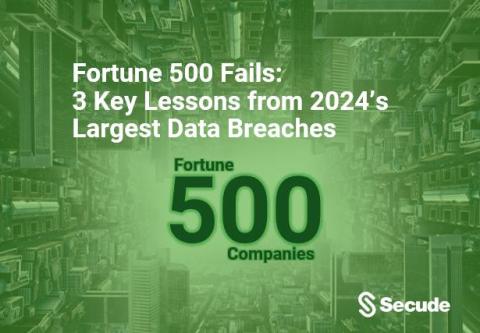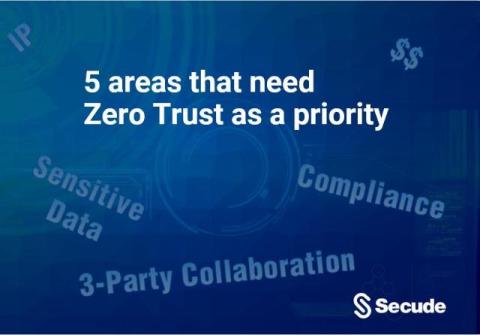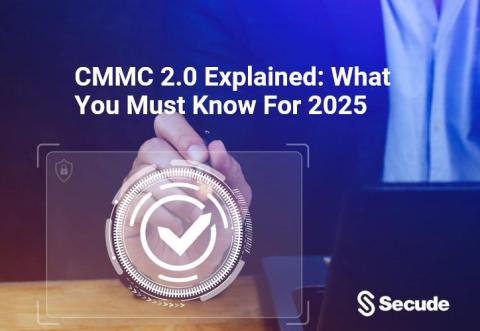Fortune 500 Fails: 3 Key Lessons from 2024's Largest Data Breaches (to implement in 2025)
Third-party incidents, critical infrastructure threats and regulatory fines for cyber attacks have all risen in 2024. Here’s how to avoid them in 2025. With over one billion records exposed and over $1 billion in regulatory fines issued, 2024 was a record-breaking year for data breaches - in more ways than one.







